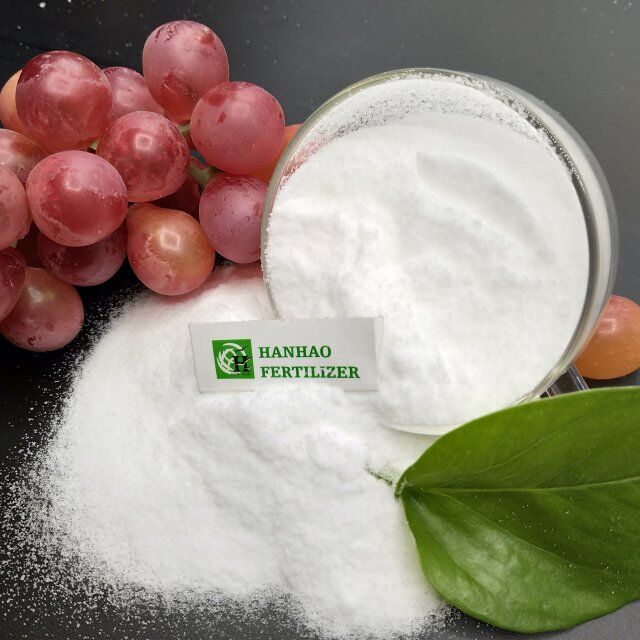
Nov . 06, 2024 15:12 Back to list
best npk fertilizer for new lawn
The Best NPK Fertilizer for a New Lawn
Establishing a lush, vibrant lawn requires more than just good soil and adequate watering; it necessitates the right nutrients. NPK fertilizers, which contain three essential nutrients—Nitrogen (N), Phosphorus (P), and Potassium (K)—are vital in nurturing grass and promoting healthy growth. For new lawns, selecting the best NPK fertilizer can make a significant difference in achieving a thick, green carpet of grass.
Understanding NPK Ratios
NPK fertilizers are labeled with a three-number ratio that indicates the relative amounts of nitrogen, phosphorus, and potassium in the mix. These numbers denote the percentage by weight of each nutrient. For instance, a fertilizer labeled 10-10-10 contains 10% nitrogen, 10% phosphorus, and 10% potassium.
1. Nitrogen (N) This nutrient is crucial for promoting leafy growth and a rich green color. For new lawns, nitrogen is especially important during the initial growth phase. It helps the grass to establish itself quickly, resulting in vigorous top growth. 2. Phosphorus (P) This nutrient is essential for root development. A robust root system is crucial for the survival of your new lawn, as it helps the grass absorb water and nutrients from the soil. Insufficient phosphorus can result in poor root establishment, leading to weak grass that struggles to thrive.
3. Potassium (K) Potassium enhances disease resistance and overall vigor. It plays a significant role in regulating the grass's water use and aids in photosynthesis, which is essential for efficient growth. A healthy lawn requires adequate potassium levels to withstand environmental stressors.
Recommended NPK Ratios for New Lawns
best npk fertilizer for new lawn

For newly seeded lawns, a balanced NPK ratio, such as 10-10-10 or 14-14-14, can be beneficial, providing a well-rounded supply of nutrients. However, some experts recommend higher phosphorus levels for new lawns to support root development, suggesting ratios like 5-10-5 or 15-30-15, especially if your soil is deficient in this nutrient.
Application Tips
When applying NPK fertilizers to a new lawn, timing and method are critical. It is best to apply fertilizer shortly after sowing the seeds to ensure that nutrients are readily available for germination. Spread the fertilizer evenly over the soil surface using a broadcast spreader, and avoid over-fertilization, as it can lead to nutrient runoff and damage to the new grass.
Additionally, following up with regular soil testing can help determine nutrient levels and inform future fertilization practices. Once the lawn is established, you can switch to a slower-release fertilizer to maintain nutrient levels without the risk of burning the grass.
Conclusion
Choosing the right NPK fertilizer is essential for establishing a healthy new lawn. Understanding the role of nitrogen, phosphorus, and potassium will guide you in selecting a product that meets your lawn's specific needs. By providing your new lawn with proper nutrients at the right time, you can cultivate a lush, green landscape that enhances the beauty of your home.
-
Premium 10 10 10 Fertilizer Organic for Balanced Plant Growth
NewsJul.29,2025
-
Premium 10 10 10 Fertilizer Organic for Balanced Plant Growth
NewsJul.29,2025
-
50 Pound Bags of 13-13-13 Fertilizer for All Plants – Bulk & Organic Options
NewsJul.28,2025
-
High-Efficiency 15-30-15 Granular Fertilizer for Healthy Crops
NewsJul.28,2025
-
15-30-15 Granular Fertilizer for Optimal Crop & Lawn Growth
NewsJul.27,2025
-
Premium 10 10 10 Water Soluble Fertilizer for Fast Plant Growth
NewsJul.26,2025
